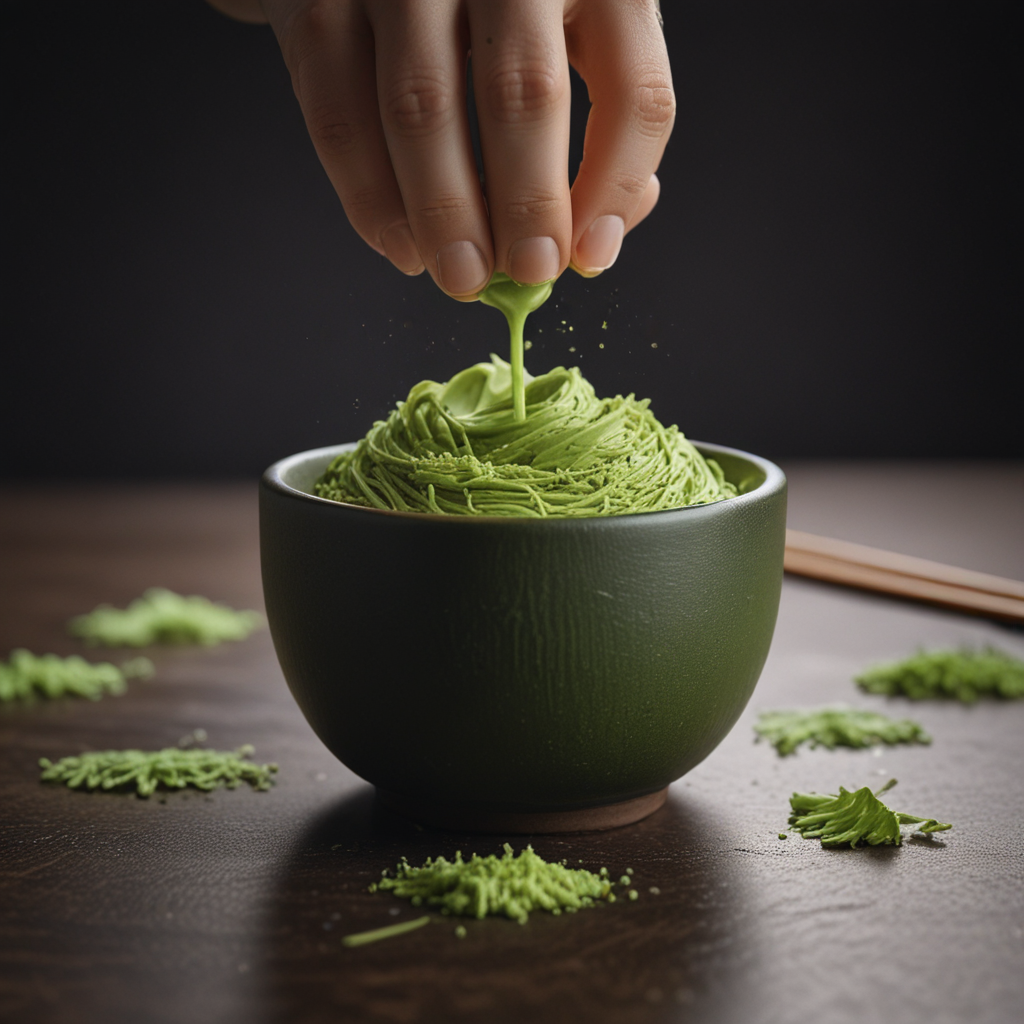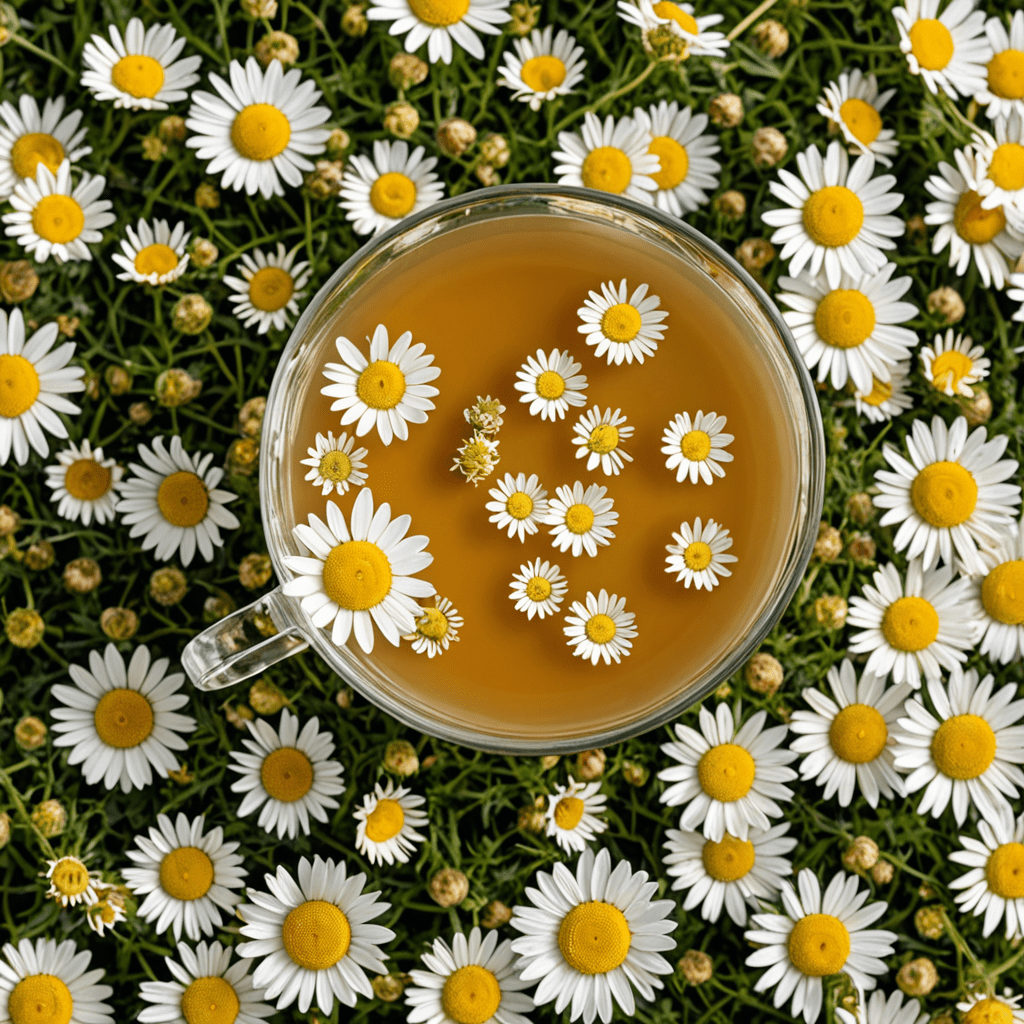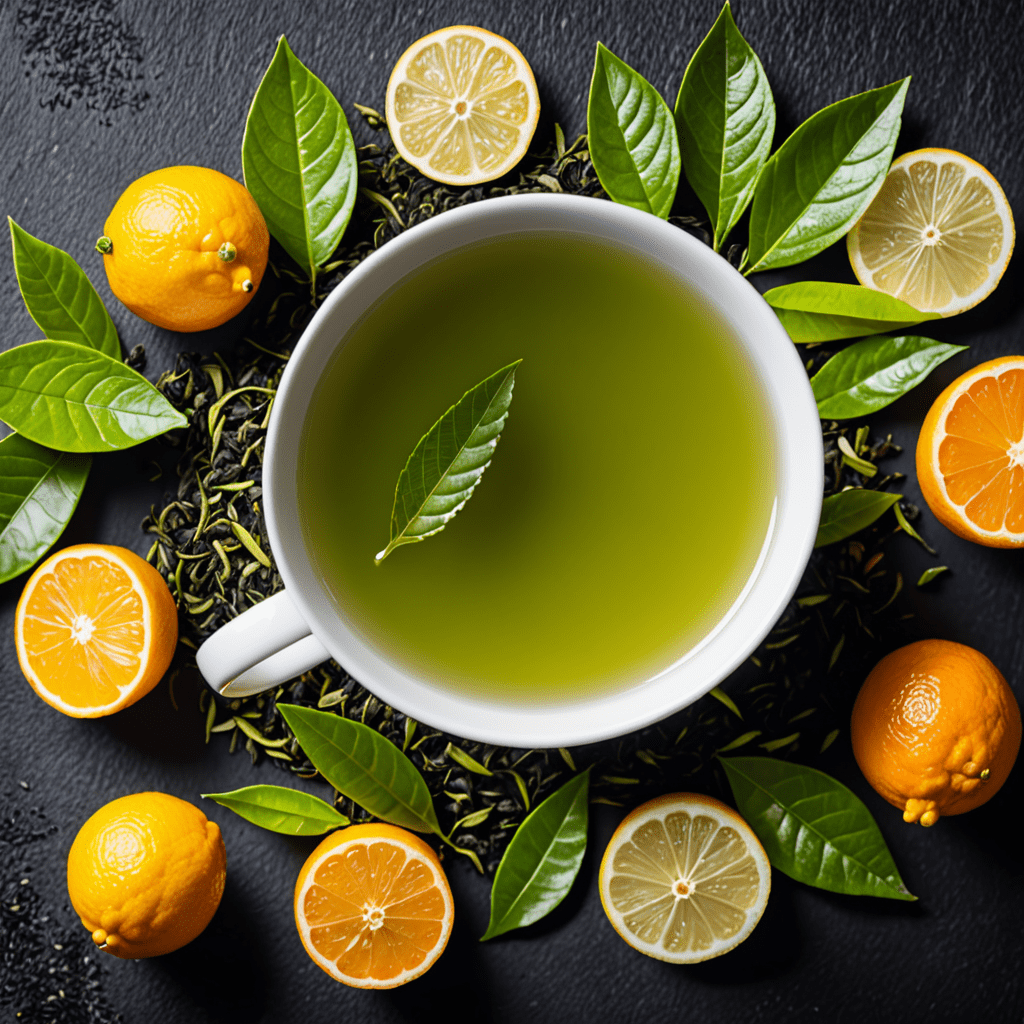
The Ritual of Matcha: Finding Calm in a Cup
1. Introduction: The Significance of Matcha in Japanese Culture
Matcha, a finely ground powder made from shade-grown tea leaves, holds a profound cultural and spiritual significance in Japanese tradition. Originating centuries ago, matcha has been an integral part of Japanese tea ceremonies, known as chanoyu, where it symbolizes harmony, respect, purity, and tranquility.
2. The Origin and History of Matcha
The origins of matcha can be traced back to the 12th century when Buddhist monks studying in China brought back tea seeds and cultivation techniques to Japan. Over the centuries, matcha cultivation evolved into a refined art, with meticulous attention paid to the tea plants' growth conditions and harvesting methods.
3. The Health Benefits of Matcha: A Rich Source of Antioxidants
Matcha is renowned for its exceptional health benefits, primarily due to its high concentration of catechins, a type of antioxidant. These antioxidants have been shown to possess various properties, including anti-inflammatory and anti-carcinogenic effects, as well as supporting cognitive function and cardiovascular health.
4. The Ceremonial Preparation of Matcha: A Tranquil Tradition
The preparation of matcha in traditional Japanese tea ceremonies is an elaborate and highly ritualized process. It involves specific tools and techniques, such as using a bamboo whisk (chasen) to create a frothy suspension of matcha in hot water. The ceremonial preparation of matcha fosters mindfulness and inner peace.
5. The Art of Whisking: Achieving the Perfect Texture
The art of whisking matcha is crucial to achieving the perfect consistency and flavor. The whisk's tines gently agitate the matcha powder, creating a smooth and frothy suspension. The whisking motion requires practice and patience, contributing to the meditative aspect of the matcha ritual.
6. The Sensory Experience: Delight in the Aroma and Flavor
The sensory experience of matcha is captivating, both in its aroma and its flavor. The fragrant aroma evokes a sense of serene tranquility, while the taste is a harmonious blend of vegetal notes, earthy undertones, and a subtle sweetness. The textural contrast between the frothy suspension and the occasional tea particle creates a delightful mouthfeel that lingers pleasantly.
7. Matcha Beyond the Traditional: Modern Culinary Explorations
Matcha's versatility extends beyond traditional tea ceremonies, inspiring contemporary culinary creations. Baristas incorporate matcha into their lattes and cappuccinos, offering a vibrant green hue and a delicate tea flavor. Bakers use it to add a unique depth of flavor and color to cakes, cookies, and pastries. The culinary possibilities with matcha are boundless, inviting exploration and experimentation.
8. The Ritual of Matcha: Cultivating Mindfulness and Inner Peace
The ritual of matcha extends beyond the physical act of preparing and consuming the tea. It serves as a mindful practice that fosters inner peace and tranquility. The deliberate movements of whisking and sipping, coupled with the sensorial experience, create a meditative state that allows participants to connect with themselves and their surroundings.
9. Matcha as a Source of Inspiration: The Power of Ceremony
The ceremonial preparation of matcha transcends its functional purpose, becoming a source of inspiration and reflection. The intricate steps and symbolic gestures evoke a sense of reverence and appreciation for the present moment. The ritual encourages participants to cultivate mindfulness, patience, and gratitude, qualities that extend beyond the tea ceremony and into daily life.
10. Conclusion: The Enduring Legacy of Matcha as a Symbol of Tranquility
Matcha, deeply rooted in Japanese culture and revered for its health benefits, sensory experience, and transformative ritual, continues to captivate and inspire. Its enduring legacy as a symbol of tranquility, harmony, and mindfulness transcends time and geography, offering a timeless connection to inner peace and well-being.
FAQs
What is the difference between matcha and green tea?
Matcha is a finely ground powder made from shade-grown tea leaves, while green tea is typically made from steeped tea leaves. Matcha offers a more concentrated form of green tea, containing higher levels of antioxidants and nutrients.
How do I prepare matcha at home?
To prepare matcha at home, place a teaspoon of matcha powder in a teacup or bowl. Gradually add hot water (around 170-180°F) while whisking vigorously with a bamboo whisk until a smooth and frothy suspension forms.
What are some health benefits of matcha?
Matcha is a rich source of catechins, which are powerful antioxidants that may reduce inflammation, improve cognitive function, and support cardiovascular health.
How can I incorporate matcha into my diet?
Apart from traditional tea ceremonies, matcha can be incorporated into lattes, cappuccinos, cakes, cookies, and smoothies. Its versatility allows for culinary experimentation and exploration.
Is matcha safe to consume daily?
Matcha is generally considered safe to consume daily, but moderation is key. Avoid excessive consumption, as matcha contains some caffeine.

